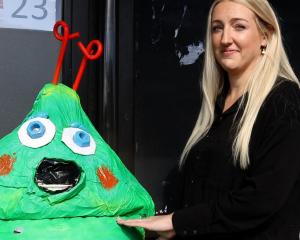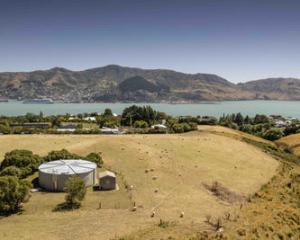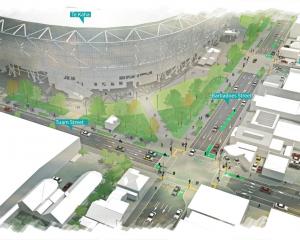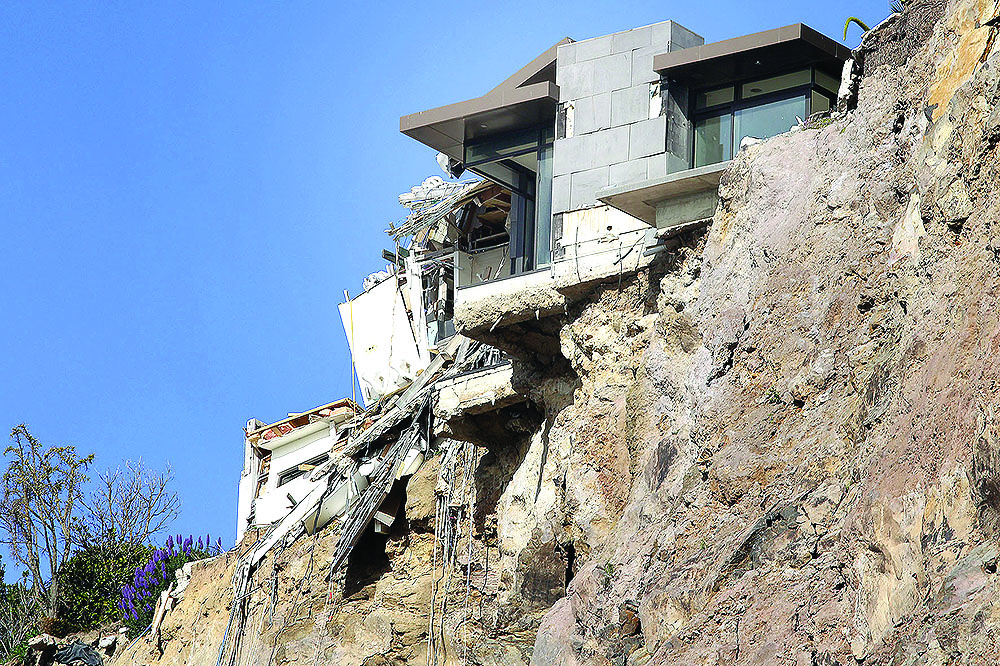
- This story was first published by RNZ
- Find Our Changing World on Apple Podcasts, Spotify, Stitcher, iHeartRADIO, Google Podcasts, RadioPublic or wherever you listen to your podcasts
Brendon is the director of QuakeCoRE – the New Zealand Centre for Earthquake Resilience. It is a Centre of Research Excellence that involves researchers from a wide range of organisations.
Brendon says resilience means “treating the entire earthquake pipeline from occurrence – how can we better understand where and when earthquakes occur – to the ground-shaking, the damage to buildings and other infrastructure, and then how society responds to that damage.”
“Ultimately it’s how we can reduce damage in the first place and how we can make society more resilient so that we can cope with the inevitable damage to a better degree.”

As an earthquake engineer the quakes provided opportunities close to home to study the mechanisms and aftermath of large earthquakes.
“Large earthquakes don’t happen very often and as researchers we always immediately try to get out into the field, because there’s really no substitute for learning from observations.”
There was significant ground-shaking in all three earthquakes, which happens to be Brendon’s area of research.
It provided opportunities for “analysing the ground shaking and understanding how consistent that is with models we use to predict ground shaking for the future.”
Brendon and colleagues produced a simulation of the ground-shaking that occurred during the 2016 Kaikōura earthquake. It has been intercut with footage recorded by CCTV in an office building in Wellington.
While it is not possible to predict the timing and location of future earthquakes, QuakeCoRE researchers are involved in predicting future earthquake scenarios and their consequences.
Brendon is involved in developing deterministic models that can assess how likely it is that a certain magnitude earthquake might occur within a fixed time. “For example, in a 50-year period we might assign a 10 percent probability that a certain fault will rupture.”
These fault rupture models are combined with a ground motion model that “tells us, if this fault ruptures what will be the strength of shaking in different locations.”
Brendon says when the two models are combined it produces a quantitative estimate of how likely a certain strength of shaking is at any given location and we can then use those quantitative estimates to design buildings and other infrastructure.
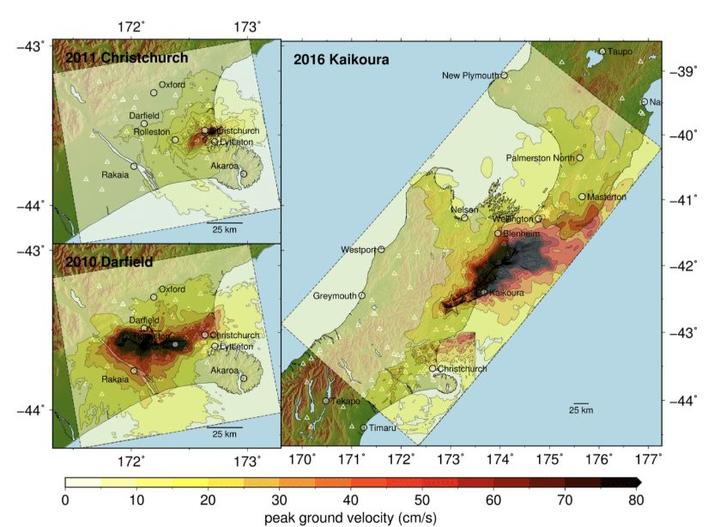
“Just because we didn’t see it in that earthquake in the past, doesn’t mean we won’t see it in the future.”
He applies the same caution to the next likely rupture of New Zealand’s largest fault, the Alpine Fault.
“Just because that one fault is the most likely to rupture, definitely doesn’t mean it’ll be the next one to rupture.”
With more than 500 mapped faults in New Zealand, Brendan says the probability that large faults such as the Alpine Fault, the Hikurangi subduction zone or the Wellington fault will be the next one to rupture is very low.
“Little small faults are very unlikely to rupture but you have enough of them that sometimes they do rupture.”
Listen to the full podcast to hear Brendon talk more about the four large earthquake sequences that have happened in the past decade in New Zealand, some of the lessons learned and his research area of strong ground motion shaking.




